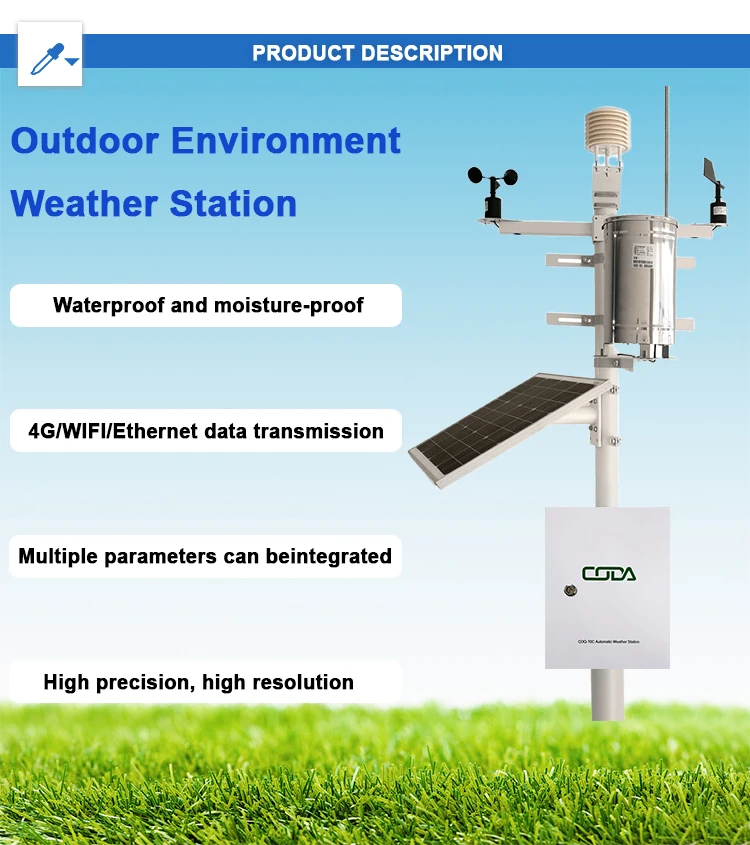Automatic Weather Station: Definition and Functionality

# Automatic Weather Station: Definition and Functionality
## What is an Automatic Weather Station?
An Automatic Weather Station (AWS) is a system designed to collect meteorological data without requiring constant human intervention. These stations are equipped with various sensors that measure atmospheric conditions such as temperature, humidity, wind speed and direction, rainfall, barometric pressure, and solar radiation.
AWS units have become increasingly important in modern meteorology, agriculture, aviation, and environmental monitoring due to their ability to provide continuous, real-time weather data from remote locations.
## Key Components of an Automatic Weather Station
A typical AWS consists of several essential components:
– Sensors: Specialized instruments that measure specific weather parameters
– Data logger: A device that records and stores measurements from the sensors
– Power supply: Usually solar panels with battery backup for remote operation
– Communication system: Transmits collected data to a central database or monitoring station
– Mounting structure: Supports and protects the equipment from environmental factors
## Functionality of Automatic Weather Stations
Automatic Weather Stations perform several critical functions:
### 1. Continuous Data Collection
AWS units collect weather data at regular intervals (often every minute or hour) without human intervention, providing a comprehensive picture of weather patterns over time.
### 2. Remote Monitoring
These stations can operate in inaccessible locations, transmitting data via satellite, cellular networks, or radio signals to monitoring centers.
### 3. Real-time Weather Reporting
Many AWS systems provide immediate access to current weather conditions, which is crucial for weather forecasting and emergency response.
### 4. Long-term Climate Monitoring
By consistently recording weather data over extended periods, AWS units contribute valuable information for climate studies and trend analysis.
## Applications of Automatic Weather Stations
Automatic Weather Stations serve numerous purposes across different sectors:
– Meteorology: Improving weather forecasting accuracy
– Agriculture: Optimizing irrigation and crop management
– Aviation: Providing critical data for flight operations
– Hydrology: Monitoring water resources and flood risks
– Research: Supporting environmental and climate studies
– Renewable energy: Assisting in wind and solar power generation planning
## Advantages of Automatic Weather Stations
The implementation of AWS technology offers several benefits over traditional weather observation methods:
– 24/7 operation without human supervision
– Consistent data collection with minimal errors
– Ability to monitor multiple parameters simultaneously
– Cost-effective compared to manned weather stations
– Capability to operate in harsh or remote environments
– Immediate data availability for decision-making
As technology advances, Automatic Weather Stations continue to become more sophisticated, with improved accuracy, smaller footprints, and enhanced connectivity options, making them indispensable tools in our understanding and monitoring of weather and climate patterns.
Keyword: what is automatic weather station